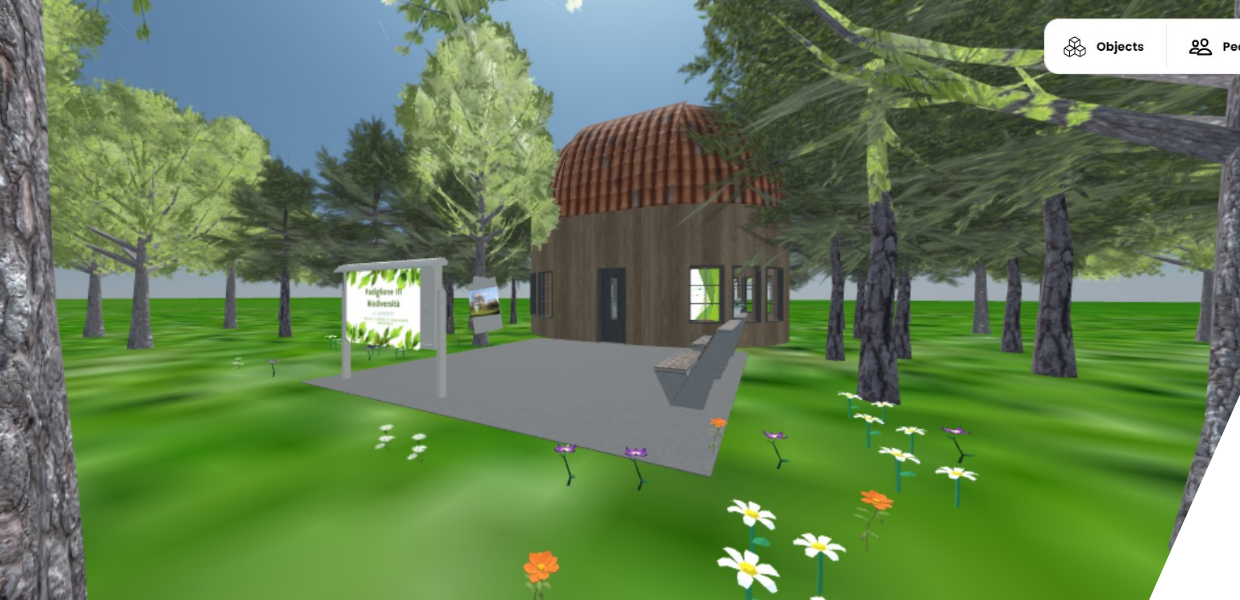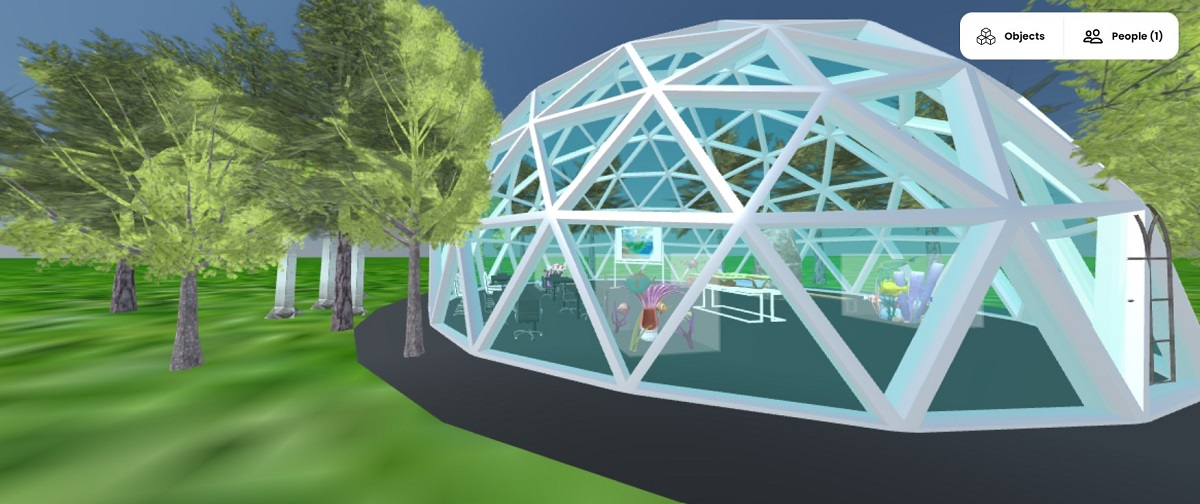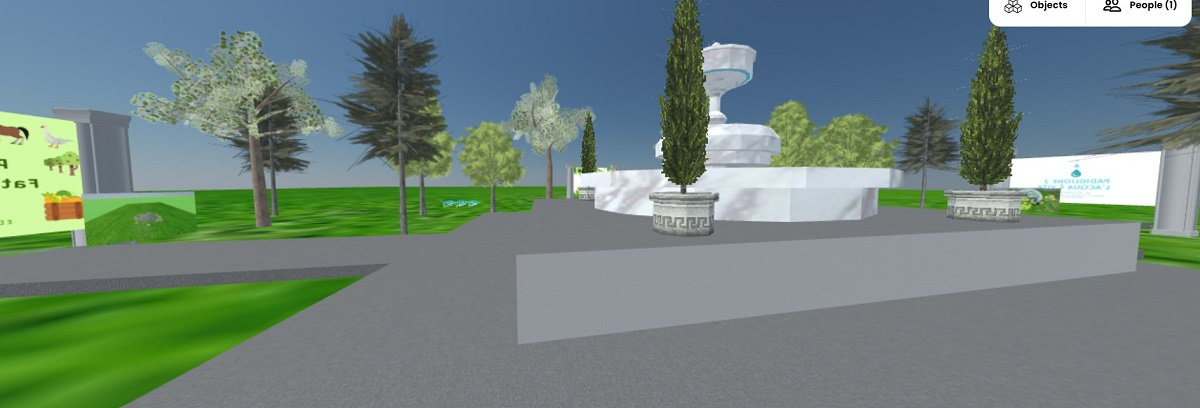We would love to hear from your students directly - what was the most valuable thing that they learned from the programme?
My pupils had lots of positive feedback! Aurora, Melissa and Nicola said, ‘Thanks to this project we have worked together, learned and discovered a lot of new information with the Europeana and Mozilla platforms, experimenting for the first time with the construction of a virtual space.’
Iris said, ‘I learned that working together can improve your abilities in everything’, while Simone shared that, ‘I learned better to use Europena as an indispensable research source.’
Giuly said that, ‘I have learned that inquiring about news concerning our present and future is important, because in a few years it will be up to our generation to manage the problem of pollution and climate changes’, something which Marta also noted: ‘We have broadened our knowledge on a climate change. This made us work together, become more united and introduced us to new things in a productive and funny way.’
Mirko shared, ‘Thanks to this project I learned how to check and respect copyright when researching images on the internet and to use design programs such as Mozilla Spoke’, and Gabriele and Lorenzo wrote, ‘It was really great to participate in the creation of virtual worlds’.
Fabiana said, ‘I learned many new things such as identifying copyright-respecting content, collaborating with my classmates, and I deepened my knowledge regarding contents of the 2030 Agenda and the New European Bauhaus. Matteo says,’I gained new information regarding copyright and learned to collaborate even more with my peers. I would like to thank Europeana for giving the opportunity to work on this interesting and original project.’





